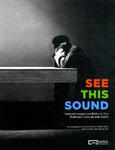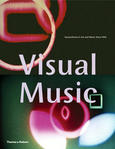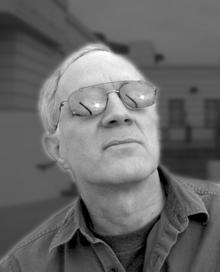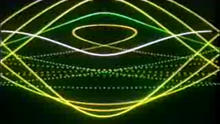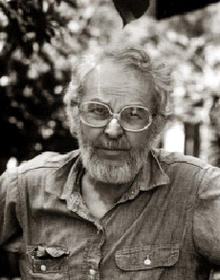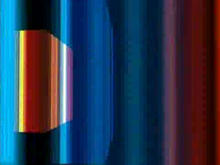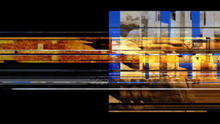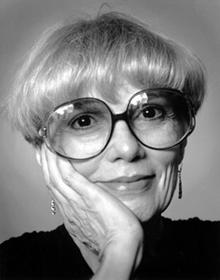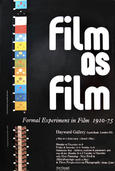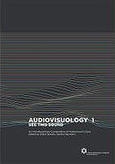Calculated Movements
(1985)by Larry Cuba is an example of early computer graphics using software developed at the Electronic Visualization Laboratory (EVL). The film has a minimalist/ ambient original sound piece.
Cuba programmed solid areas and volumes instead of the vector dots of the previous two films. It also in four colors: black, white, light grey and dark grey. In five episodes, he alternates single events involving ribbon-like figures following intricate trajectories, with more complex episodes consisting of up to 40 individual events that appear and disappear at irregular intervals. Electronic sound scores accompany.
Source: Wikipedia
